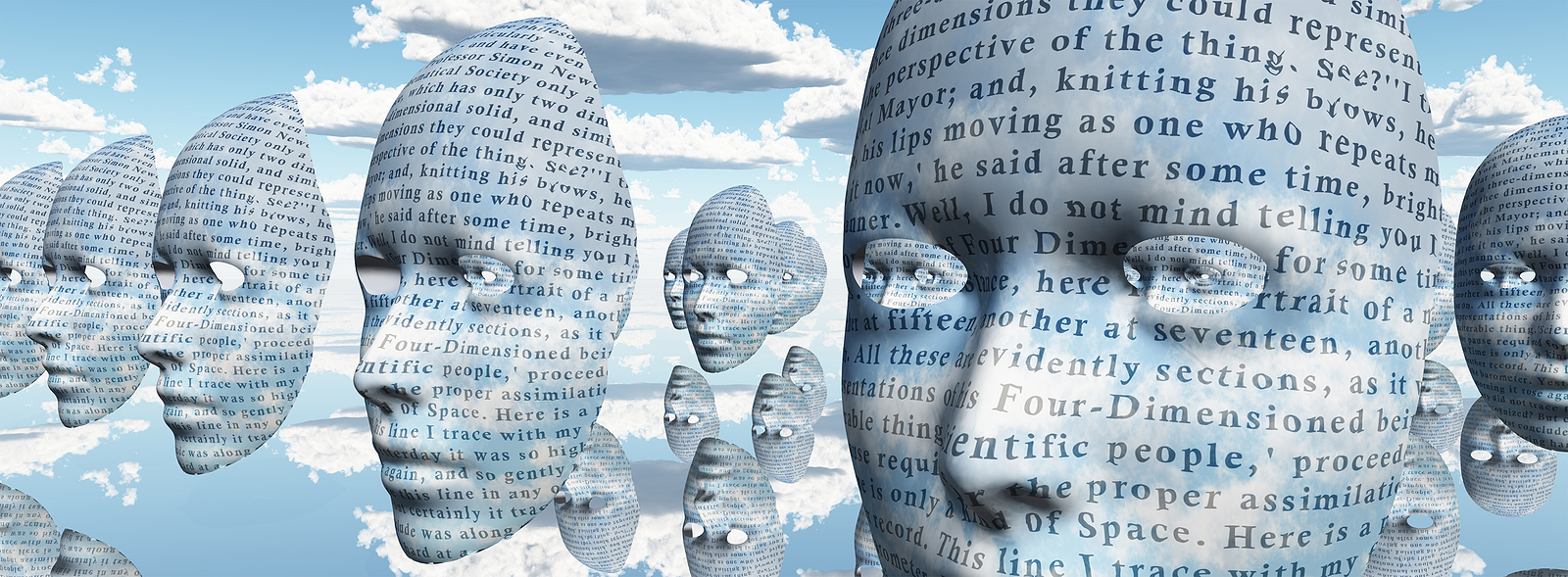
Transhumanism under the microscope
Transhumanism is – to put it mildly – controversial. But its futuristic ideas are compelling and intriguing. Some of its advocates (like Elon Musk) are fabulously wealthy; its theoreticians have chairs in important universities. Yet, according to Susan Levin, of Smith College, and the author of Posthuman Bliss? The Failed Promise of Transhumanism, it is a “scientific non-starter”.
Writing in Slate, Levin says that the promise of transhumanism is based upon transforming the brain and manipulating genes. But neither will work.
That genes influence human features is not in question. Where transhumanists err is in the disproportionate role assigned to genes in creating their favored traits. In contrast to clear-cut physical features, such as eye color, the relationship of genetic “information” to characteristics such as intelligence and kindness is nuanced and indirect. Today, developmental systems theory supersedes the dominant, unidirectional causality previously lodged with genes. From this vantage point, development spans a range of levels and a wealth of factors, biological and nonbiological, that interact in complex ways. Crucially, as philosopher of science Susan Oyama observes, none of these factors—genes included—“is privileged a priori as the bearer of fundamental form or as the origin of ultimate causal control”; rather, “everything [the] organism does and is rises out of this interactive complex, even as it affects that very complex.”
Transhumanists’ understanding of the brain is similarly flawed. Their presumption that particular mental capacities are tethered to specific areas of the brain—and could, therefore, be targeted for manipulation—is increasingly outdated. Indeed, a monumental shift in the focus of neuroscientific research, from discrete areas with dedicated functions to complex functional networks, is well underway. As is now well documented, mental tasks such as attention, memory, and creativity engage numerous areas of the brain; individual regions are pluripotent, meaning that they have multiple roles; and various areas function as “hubs.” …
For transhumanists’ failed proofs of concept in both arenas have a single source: their conviction that across the board—whether one’s domain of inquiry is computing, genes, or the brain—units of “information” comprise what’s real. Thus, when transhumanists speak of “cognitive enhancement,” they define “cognition” in terms of facility in the absorption and deployment of information—the capacity for which is presumed to operate, and thus be improvable, in a self-contained, or “modular,” way. It is this very notion that the above findings for psychostimulants belie. Similarly, transhumanists’ conviction of genes’ dominance and manipulability in relation to intelligence, kindness, and the like stems from their position that genes transmit the compartmentalized information that is these traits’ governing cause.
Far from embodying a timeless truth, the view that computers and living things are fundamentally alike—being, in essence, entities that transmit and process information—is a historical and cultural product of World War II and its aftermath.
